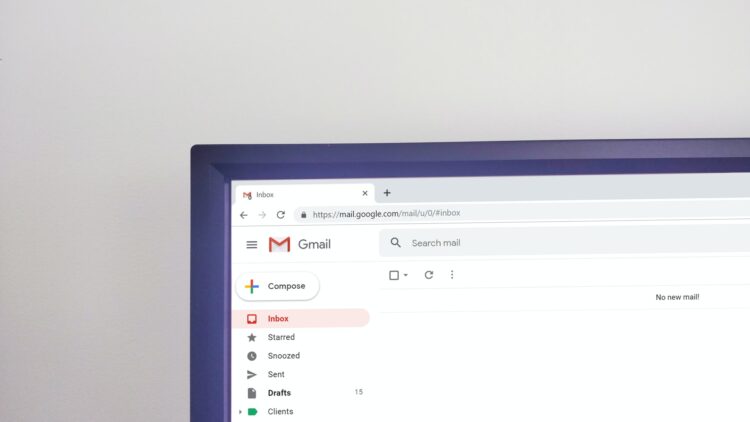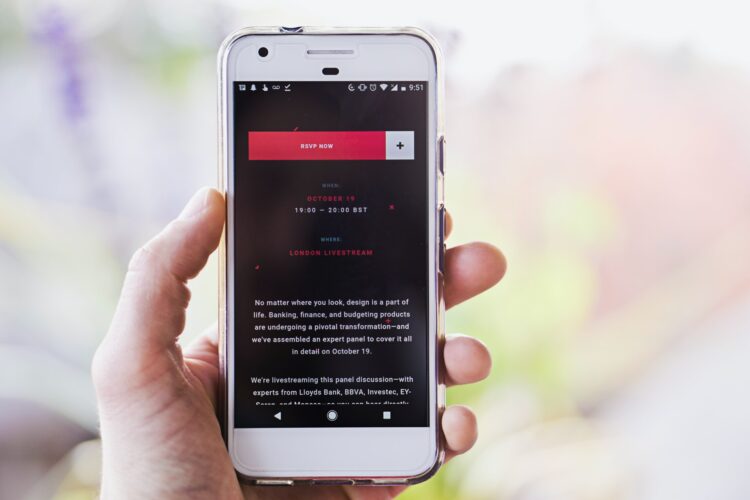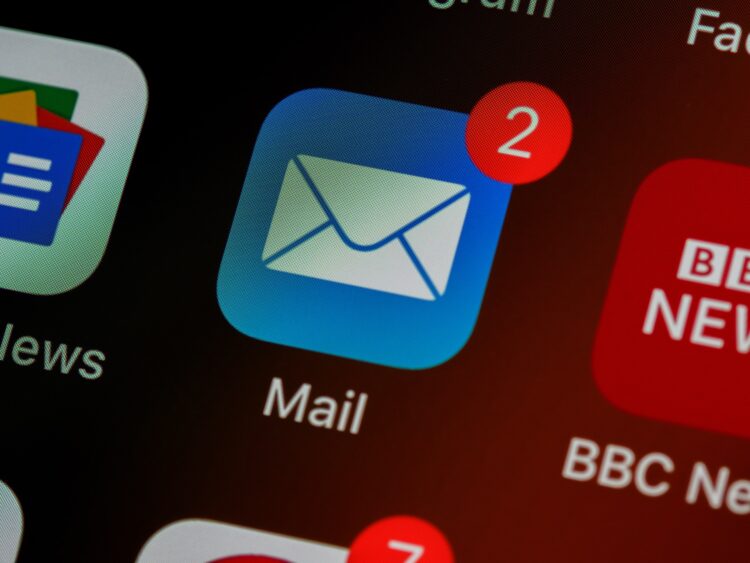When it comes to email data, businesses tend not to get the full potential from their email data. There are many reasons for this. The downsides of this are that you do not maximize the potential revenue from your marketing campaigns, in particular, email marketing. However, when used effectively, email data can be one of the most lucrative tools for your business. Email data can create a new revenue stream you didn’t even think was possible. Here, we have a checklist of points and strategies to help you maximize and effectively use your business’s email data. By taking advantage of these tips, your emails will help you develop new business relationships and generate more sales.
Frequency of emails

One of the most common reasons for lack of response from your email data in your email campaigns can be from the frequency of your emails. To keep your contacts and prospects warm, you should keep sending out emails, even if they aren’t sales-focused. A great example of keeping a prospect warm could be general information about your product, how to get the most out of your product, or even letting them know of an upcoming sale, so they hold off and wait for your sale. Irregularly sending emails will keep your prospect somewhat interested, but also allows them an opportunity to take their business elsewhere – they may have forgotten that you exist.
Out of date data

This also ties in nicely with the frequency of your emails. When sending frequent emails, you have a higher chance of keeping up to date data as you may get some responses if people no longer work for companies as you are mailing them often. This gives you a new contact and gives you another opportunity to generate a sale. If you leave significant gaps of time between your emails, people are less likely to respond to provide you with such updates.
Data ages fast. Within a year, think about how many people change jobs, companies, and even their role within companies. This causes lots of email addresses to close and change, meaning your email will not reach them. Why not give your email marketing campaign a massive boost by starting with some fresh and accurate email data? Click here to see more.
Lack of planning

An essential step to your email campaign is ensuring that you have a plan in place. Businesses often tend to forget who is receiving their email. For more targeted email data, the content you’re sending must be useful for the recipient; otherwise, this campaign has a chance of failing. If you are sending out to a broad audience, you don’t have to be as specific as it is not possible to cater to every industry and job role with one email. You can make some adjustments by personalizing the email, more on this later.
Choosing your calls to action (CTAs)
Determining the best call to action (CTA) for your campaign can be challenging. Often, just the one CTA is included within an email campaign. What many marketers and businesses often forget is, your email can consist of more than one CTA. This enables you to cater to a broader audience and leave the recipient with their options open. A great strategy would be to include a banner with a tagline that, when clicked, takes the user to a landing page, filled with more information on the topic, product, or service. Here they have further options to leave their details or give you a call. Further to this, another two links within the content taking them to similar pages would be beneficial.
Make sure to include a telephone number. Not everyone wants to go to a website to search for a telephone number, make it easy for the reader. You will find that some people prefer to speak over the phone, rather than leave details on a landing page of a website for a callback. Do not isolate these potential customers by not including a telephone number.
Ensure that your email platform allows you to customize the ‘reply-to’ email address. Not only does this look more professional, it means that you can ensure that they are replying to a real email address, rather than their reply going back to the email platform mailbox. As a result, this also makes it easier for you to reply and follow up on their email.
Personalization

Personalization within email campaigns is incredibly easy and effective, yet so many marketers exclude personalization from their campaigns, and some don’t know they have the ability to include personalization.
Even the basic of personalization goes a long way. When addressing the contact by their name within the subject line, you’re already increasing the success of your campaign. This gives you a higher chance that the email will get opened. Addressing the recipient within the email helps build trust between you and the contact. As a result, they will be more likely to take you up on your offerings, click your links, and get in touch with you.
Furthermore, when you know the industries in which your contacts operate, you can segment your email data and alter the copies of your email to suit each industry. Segmenting the email data by industry provides you with the opportunity to show off your product or service in a light that suits a particular industry, as this could differ from industry to industry. This personalization will dramatically increase your click-through rates and put your CTAs to use.
 Hi Boox Popular Magazine 2024
Hi Boox Popular Magazine 2024



